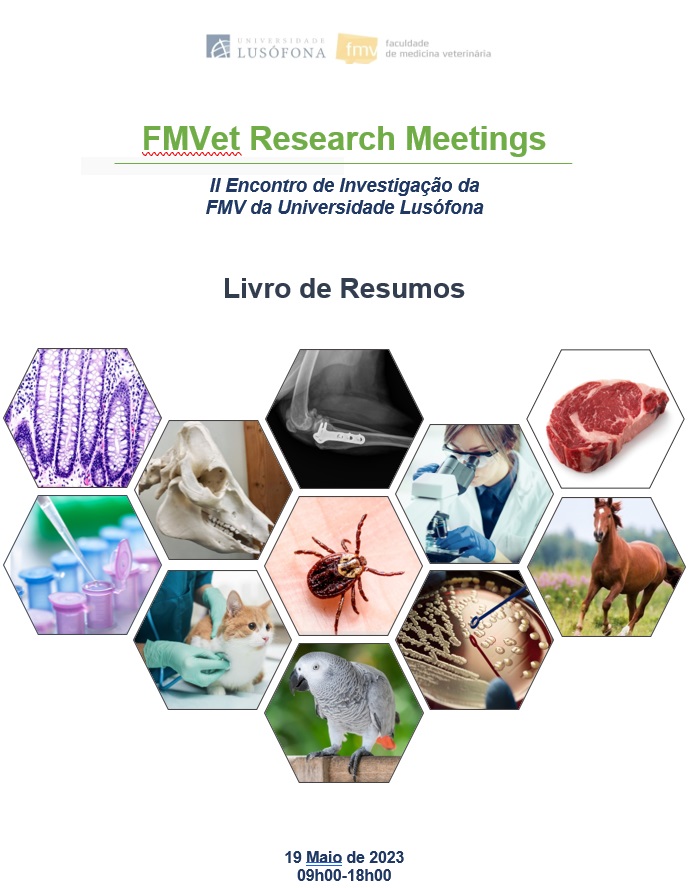The effect on mortality of metaphylactic tulathromycin in a lamb feedlot
Resumo
Objectives: The aim of this work was to study the effect of metaphylactic tulathromycin on the mortality of feedlot lambs in high-risk conditions (very hot weather).
Material and Methods: 2235 lambs arriving at a fattening unit in a very hot fortnight in Portugal (June 2022) were used. Animals were from different origins, 2-4 months old, and at arrival some were showing signs of respiratory disease. Lambs with official identification number (ID) ending in even numbers were allocated to the Control group (not treated, and no placebo) and odd numbers belonged to the Treatment group, and given tulathromycin (Draxxin 100mg/ml), 2.5mg/kg bodyweight, IM. All animals were subjected to equal husbandry and feeding. Date of death was recorded and number of days after arrival calculated. Treatment and Control groups were compared: mortality rate (Pearse Chi-square tes); and survival rate (Kaplan-Meier survival analysis).
Results: Mortality rate was 7.2% (82 out of 1132 animals) and 11.9% (131 out of 1102 animals) in Treatment and Control groups, respectively (p<0.001). Cause of death was not confirmed; however, ovine respiratory complex (ORC) is the main cause of death in fattening lambs. Mean number of days between death and arrival was 21.0 and 17.9 for Treatment and Control groups, respectively (p=0.039). The analysis did not take into consideration age, origin, or presence of clinical disease. Other variables could have been used to understand the impact on animal welfare; however, mortality related to ORC is associated with chronic disease and suffering.
Conclusions: Metaphylactic tulathromycin had a positive effect on the survival rate of lambs, therefore its use should be considered in high-risk conditions. This study should be repeated in mild weather conditions in order to understand if the differences persist between the groups, so metaphylaxis can only be applied to more specific situations and antimicrobial use is reduced.
Keywords: Lambs, Feedlot, Mortality, Metaphylaxis, Antimicrobial use.


